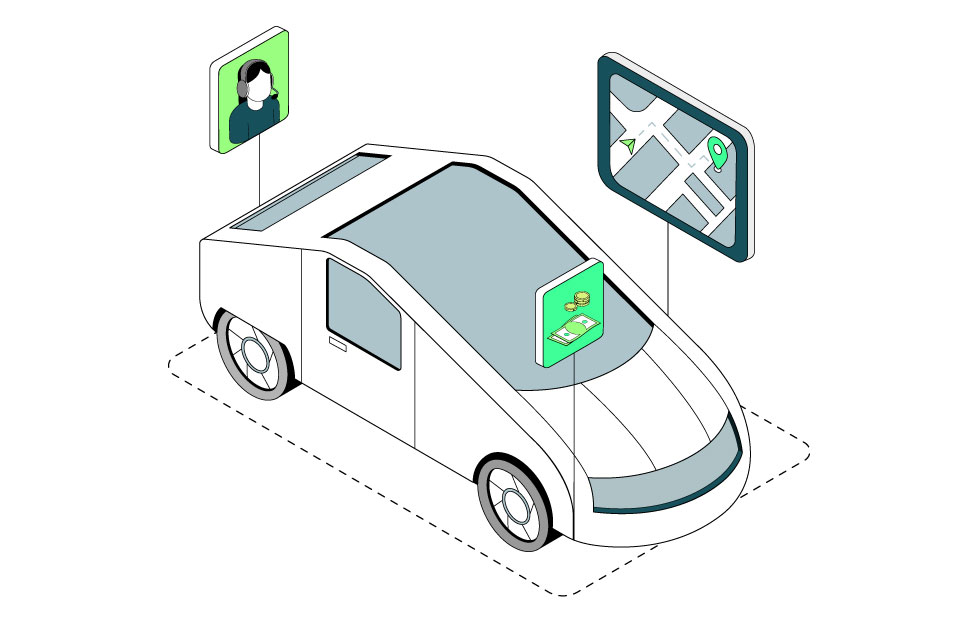By Jo Causon, CEO, The Institute of Customer Service
Customer service is therefore made up of your people; their capabilities, competencies, attitudes, engagement, continuity and strategy, your processes; the creativity and consistency embedded in carrying out your business and finally you culture; the credibility and commitment to customer service from throughout your organisation. Delivering a high standard of customer service can help to increase customer numbers through repeat business and recommendation. Likewise, a poor customer experience can impact on your reputation and potentially future business.
“There is clear evidence of a direct correlation between organisations’ customer satisfaction and business performance,” says Jo Causon, chief executive of the Institute of Customer Service. “Customer service is therefore a strategic issue, if organisations do not include it isn’t in their board reports/ if it is not discussed at board level, then some of those organisations won’t be around in the longer term.”
The world of service is changing. Over the past few years we have witnessed significant changes in business and the economy which have impacted on the way organisations and customers relate to service. One of the main changes is the move from a transactional economy to a relationship economy, which has altered how customer service is viewed in relation to business performance. It is becoming more and more evident that today’s customers are savvy, discerning and demanding. They expect organisations to relate to them as individuals, not just as transactions and this is affecting the whole value chain. Customer service expectations are part of interactions with customers, suppliers, partners and internal customers with the quality of an organisation’s relationships becoming a determining factor in their success. So, if satisfying customers is becoming more difficult and the links with business performance more evident how can you make sure your customer service has a positive impact?
Based on research into customers’ priorities; insight from the UKCSI (UK Customer Satisfaction Index), and other research; our work in customer service standard setting and accreditation; and evidence from respondents interviewed for this research, the Institute has set out a number of key customer service characteristics which organisations involved in delivering public services can use to measure and benchmark their performance, both inside and outside the public sector. A strategic commitment to customer service: Customer service is recognised and articulated as a central organisational objective.
There is senior-level accountability for customer service. Individuals’ job descriptions include clearly defined customer service objectives. Appropriate measures are in place to assess the impact of key stages of the customer experience as experienced by customers. There is appropriate customer service experience and expertise in the boardroom. Customer insight: Organisations have systematic methods for gathering customer feedback and act on the results. Organisations have a deep understanding of the profile, priorities and needs of the customers they serve and use this to inform standards of customer service. Where appropriate organisations seek opportunities to consult with customers, especially before introducing new services or making changes to existing services.
Organisations use customer insight to adapt with agility to meet changing customer needs. Agility: Identify the collaboration and partnership opportunities to improve the customer experience, and responsiveness to changing needs. Develop the organisation’s ability to respond to change and evaluate how to measure organisational agility. Proactive employee engagement: Organisations put in place proactive strategies to ensure employees understand and engage with their customer service strategy. Organisations monitor levels of employee engagement: Employees are encouraged to develop their capabilities through professional qualifications in customer service. Employees are encouraged to identify process improvements which will enhance efficiency and quality of customer service. Performance management, reward and retention processes incentivise the behaviours required by your target segments. Defined standards are in place for professionalism, quality and ease of doing business. Employees display consistent standards of helpfulness, courtesy and have relevant skills and knowledge. Employees exhibit appropriate levels of emotional intelligence, especially when dealing with sensitive situations and vulnerable customers. Customers are treated with respect and their individual needs are understood and respected. Quality of information provided is clear, straightforward, relevant and helps customers to make informed choices and decisions.
Handling of problems and complaints: Organisations provide clear and easy ways for customers to make a complaint using a channel of their choice. The volume of complaints is measured and assessed against sector and national benchmarks. Organisations understand what issues customers complain about, undertake root cause analysis and use it to improve processes and prevent problems occurring. Employees are able to balance the needs of the customer and organisation to act with flexibility to respond to customer needs. There is clear accountability for dealing with complaints: Organisations follow up with customers after complaint to ensure it has been resolved. There is an escalation process where complaints have not been resolved which customers are aware of and can access. Measurement and benchmarking: Appropriate measures are in place to assess the impact of key stages of the customer experience as experienced by customers. Organisations benchmark their customer service with other organisations inside and outside their sector.
Assess the organisation’s ability to deliver consistent, intuitive experiences across all channels, touch points and departments.




Comments (0)